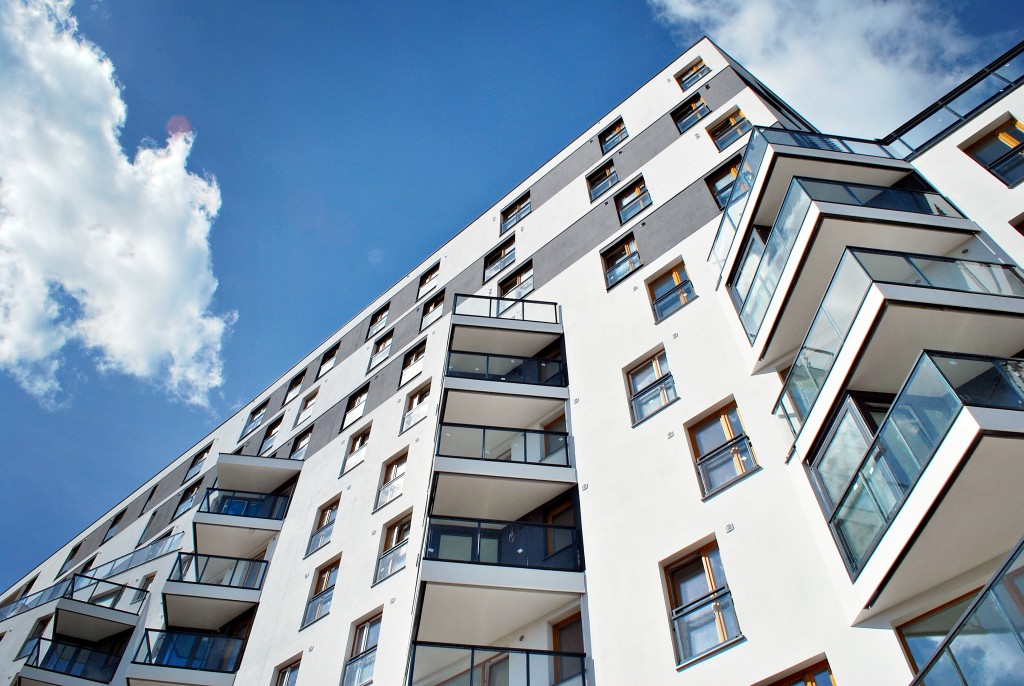The real estate market is filled with opportunities to create wealth and generate multiple streams of passive income. While it may take a significant amount of time and effort to start, the financial freedom one gains in the process is worth all the challenges faced. However, with current interest rates low and housing inventory also low, prices have leaned toward the sellers but not so much for first-time real estate investors.
With that said, most of the common real estate investing advice applies to single-family homes or, at most, duplexes and triplexes, when there’s so much more available in the market. So, today we’ll be looking into the potential of investing in multifamily properties and apartment buildings and finding out if they are a source of income worth looking into.
What Are the Benefits?
While putting a downpayment for such a large-scale building or high-rise apartment complex may seem daunting compared to a smaller single-family household, the economy of scale also grows in proportion and carries many advantages. Unlike the typical three-bedroom house listing, you’re dealing with buildings that can house well over 24-units and have more amenities available. Case and point, the opportunities available also grow in scale, giving you more room to earn.
#1 Vastly More Efficient
Let’s say you own an apartment building that can house ten units, you need to manage the property, and you have to make a physical visit to the rentals. All you need is to give your property manager a call and only have to go to one building to check on all the tenants and how smoothly things are operating.
On the other hand, if you had ten separate single-family homes to visit or five different duplexes around the city that need a physical visit, it would take so much more time and effort to go by each one. Everything’s just there in a multifamily property, making it more efficient and allowing you to save on fuel and time.
#2 Centralized Transaction Costs
Using the same example of a 10-unit apartment building versus ten different single-family homes, if you need to do repairs, invest in forced appreciation, or need minor fixes to keep the building’s structural integrity, transaction costs are centralized a multifamily property. Those ten different single-family homes will require different repairs and varying degrees of problems, making it much more troublesome to handle and spreads your budget thin.
You’ll have greater control over your finances since it’s all concentrated into one complex, and you don’t have to worry about dealing with multiple plumbing, roofing, and other problems over and over again.

#3 Better Vacancy Rates
Last but not least, tenant vacancy rates are another important factor to consider when dealing with rental properties. If you’re managing five different duplexes, having at least one of those units be empty means it’s not generating you anything. On the other hand, if your apartment building currently has eight out of ten units occupied and rented out, your investment is still generating income and giving you a return.
Sure, you could argue that location also plays a factor in how often you can have a unit rented out, but it must be said that the need for renting out apartments is much higher for a broader demographic. Overall, giving you access to a bigger pool of potential tenants to screen.
What Are the Downsides?
However, multifamily properties and apartment buildings are not without their downsides, and while they have the potential to earn a lot of income, these opportunities also come at a cost. So, before you jump in and allocate a chunk of your savings for multifamily property investments, consider the following first.
#1 Strict Financing Options
Unlike your cookie-cutter financing options for single-family homes and similar properties, financing a multi-unit complex can be a more challenging process and isn’t beginner-friendly. It also requires an excellent credit score and excellent credit history if you want to get good interest rates because the prices for multifamily properties are significantly higher. As a result, you will also need a larger downpayment.
#2 Upfront Renovation Expenses
While renovation expenses and all your repairs will be concentrated into one property, they will be much more expensive upfront because you’re renovating for the entire building, which covers all of the units. So, before you can consider making any significant architectural design changes and invest in large-scale renovations, ensure that you have the pocket money to pay these expenses.
#3 Lack Of Divestiture
Last but not least, divestiture in income-generating properties is also another concern. Unlike owning multiple real-estate properties and liquidating one of them to get cash on hand, you won’t be able to the same with an apartment building. Selling a single apartment unit is not possible, and if you really need to liquidate, you’ll have to sell the entire building.
Verdict: Diversification and Risk Appetite
Overall, we think the verdict boils down to the need for diversification and your current risk appetite. If your portfolio mainly consists of single-family homes, selected stocks, and you’re looking to expand your real estate portfolio, then apartment buildings are an excellent choice for further building your wealth. Other than that, you must also consider if you can afford to take more risk or should your exit strategy focus more on wealth preservation. ;

